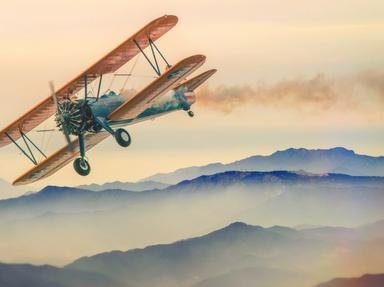Quiz Answer Key and Fun Facts
1. This is a silhouette of one of the most instantly recognisable planes ever to fly. Which was it, that offered the first faster-than-sound flying experience for regular passengers?
2. This is one of the most recognisable aircraft of the late 20th and early 21st Century. It offered something new for a world that ultimately rejected it. What was it called?
3. Quite often in aviation history, military innovation has paved the way for the civilian market to follow. At the time this quiz was written the civilian market had not caught up with the military pioneers who came up with this. What unusual type of aircraft is this?
4. Specific needs require specific solutions. The aircraft pictured met a military need for an aircraft that would not need a runway. What is it?
5. It started off as a civilian aircraft, then became a military workhorse, and then returned to civilian use where it is still flying an incredible 80 plus years later. What is this iconic aircraft?
6. Bigger is better, it is often said and this aircraft was huge. Just a pity it did not fly far. What was it called?
7. In the years after WW2, Britain became paranoid of the threat from the Russian east. Several aircraft were developed to counter that threat. What was this beautiful but deadly aircraft called?
8. When it first flew this aircraft had the largest passenger-carrying capacity in the world. What was it called?
9. Time was if you wanted to travel from old world to new, you had to spend days on a ship. A change was opened up in 1919 when this aircraft made the first flight from North America to Europe. What was it called?
10. In the early days of aviation, the military suitability was quickly recognised. In WW1, the first aerial bombers comprised aircrew throwing hand grenades out of the cockpit. This developed into the advanced bomber you see here. What was it called?
Source: Author
darksplash
This quiz was reviewed by FunTrivia editor
stedman before going online.
Any errors found in FunTrivia content are routinely corrected through our feedback system.
